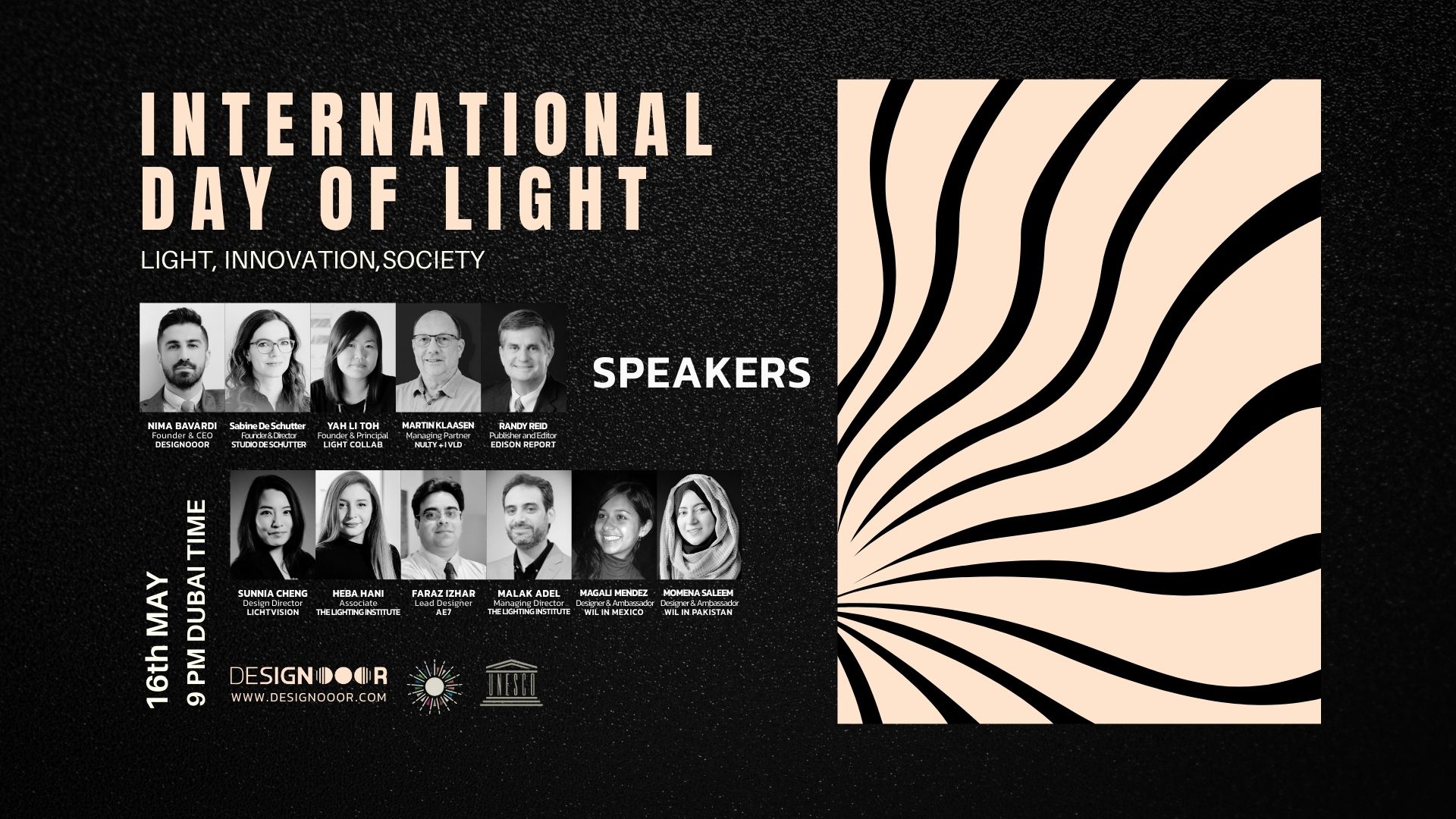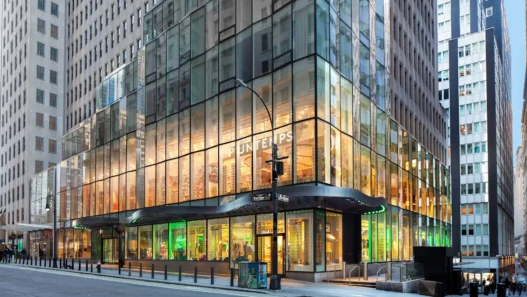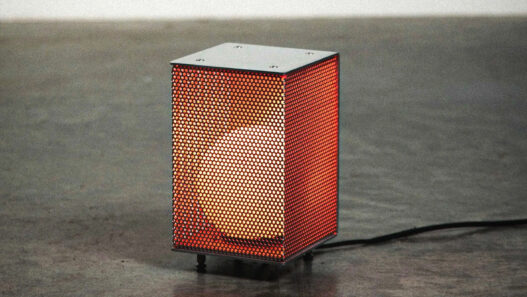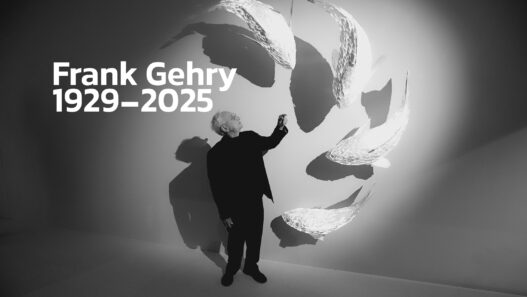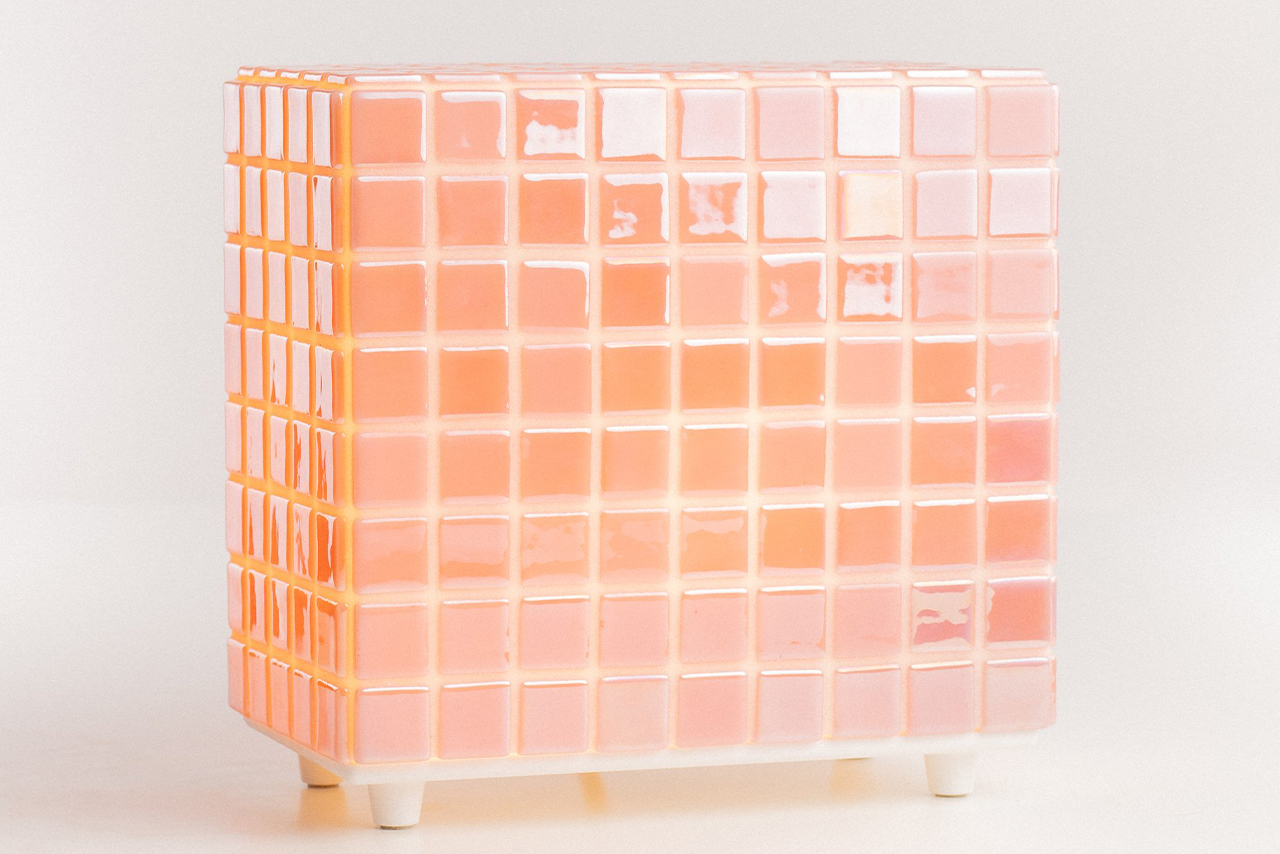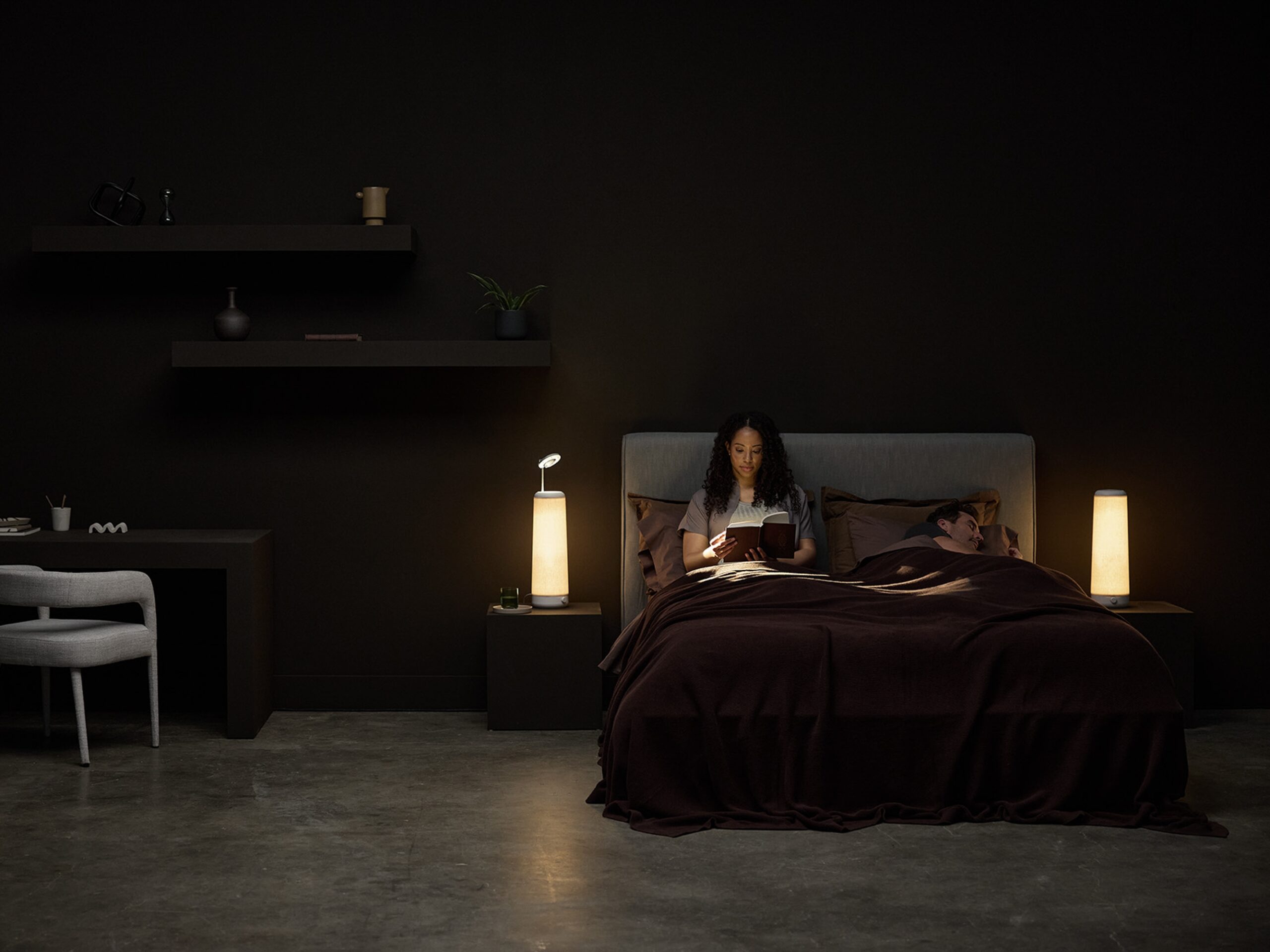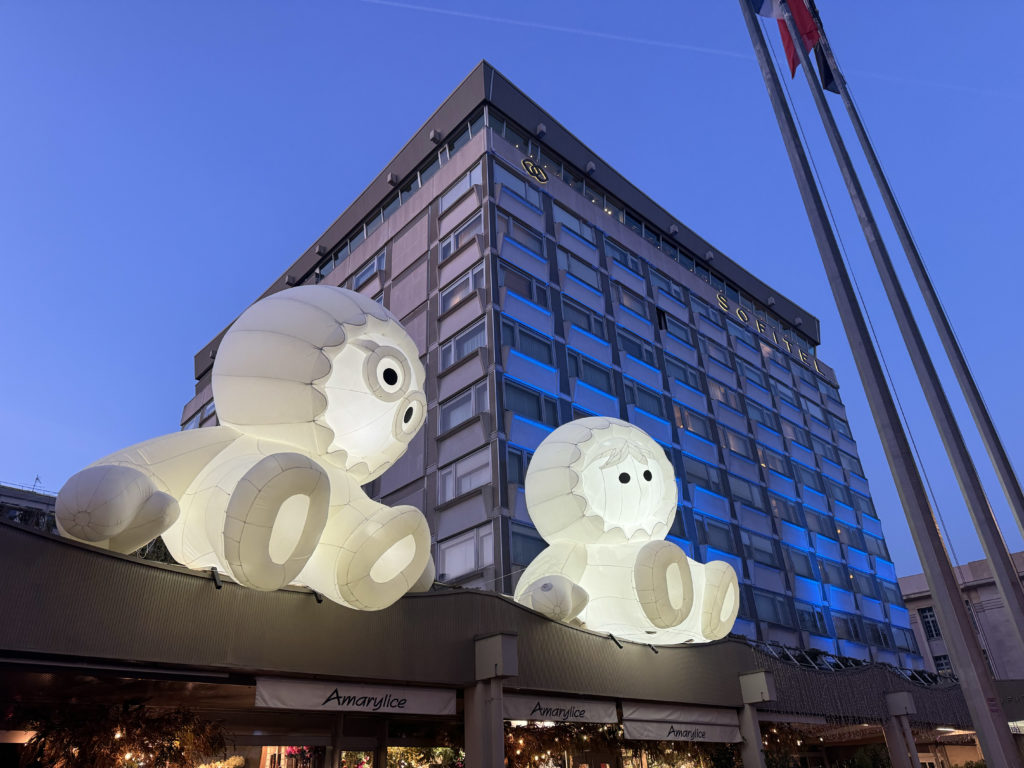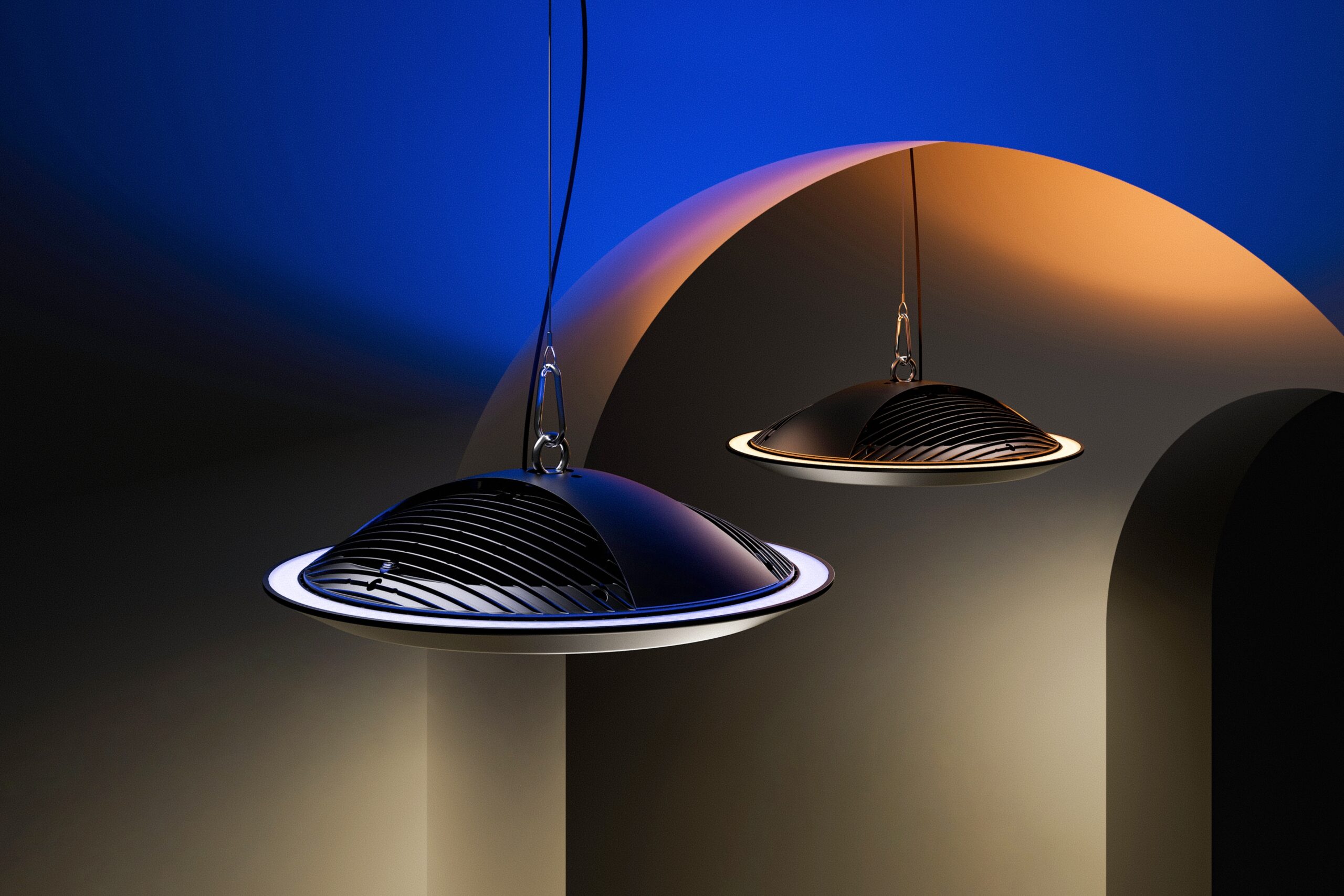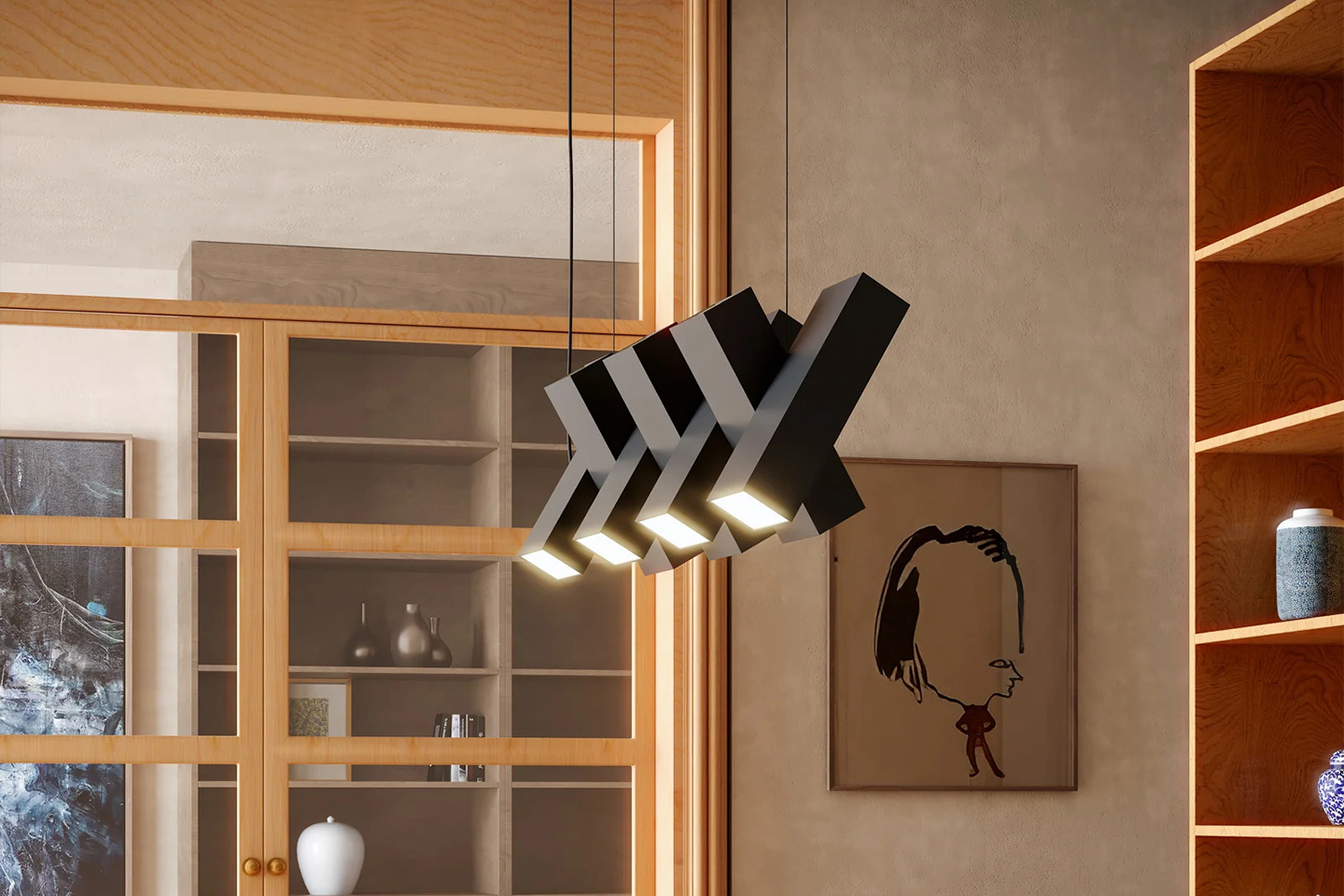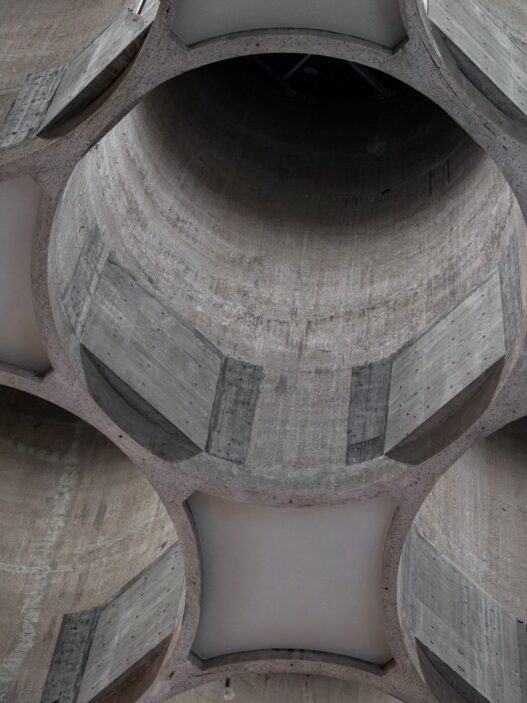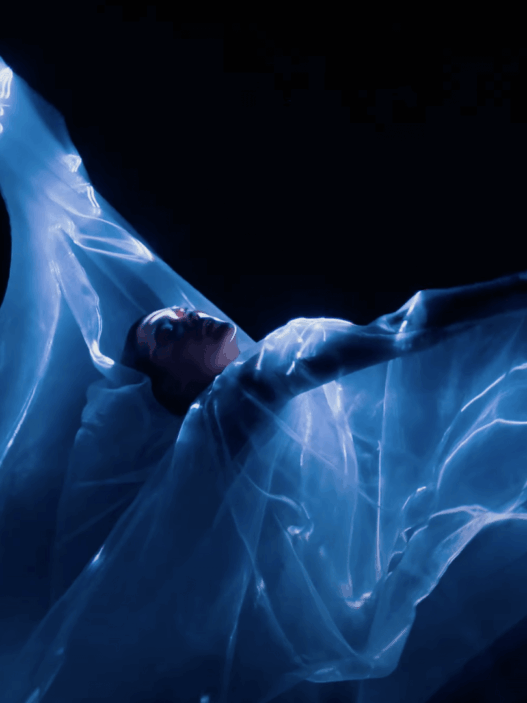Fragments Holding Quiet Fire
The Tile Chunk does not present itself through form. Instead, it leans into texture as its primary language. At first glance, this might come across as plain or visually neutral, but when viewed through the lens of design structure and light behavior, more nuanced decisions begin to surface. One of the first notable choices is the use of a repeated, grid-like module, square recycled tiles arranged with a clear rhythm. This grid, though never explicitly stated, mimics a kind of logical surface, resembling a digital interface or a mute control board. By assigning functionality to only one of these tiles, the design subtly challenges the viewer: why this one, and not any of the others? That quiet imbalance becomes intentional. A kind of spatial silence emerges where the system exists, but only one point within it is active.
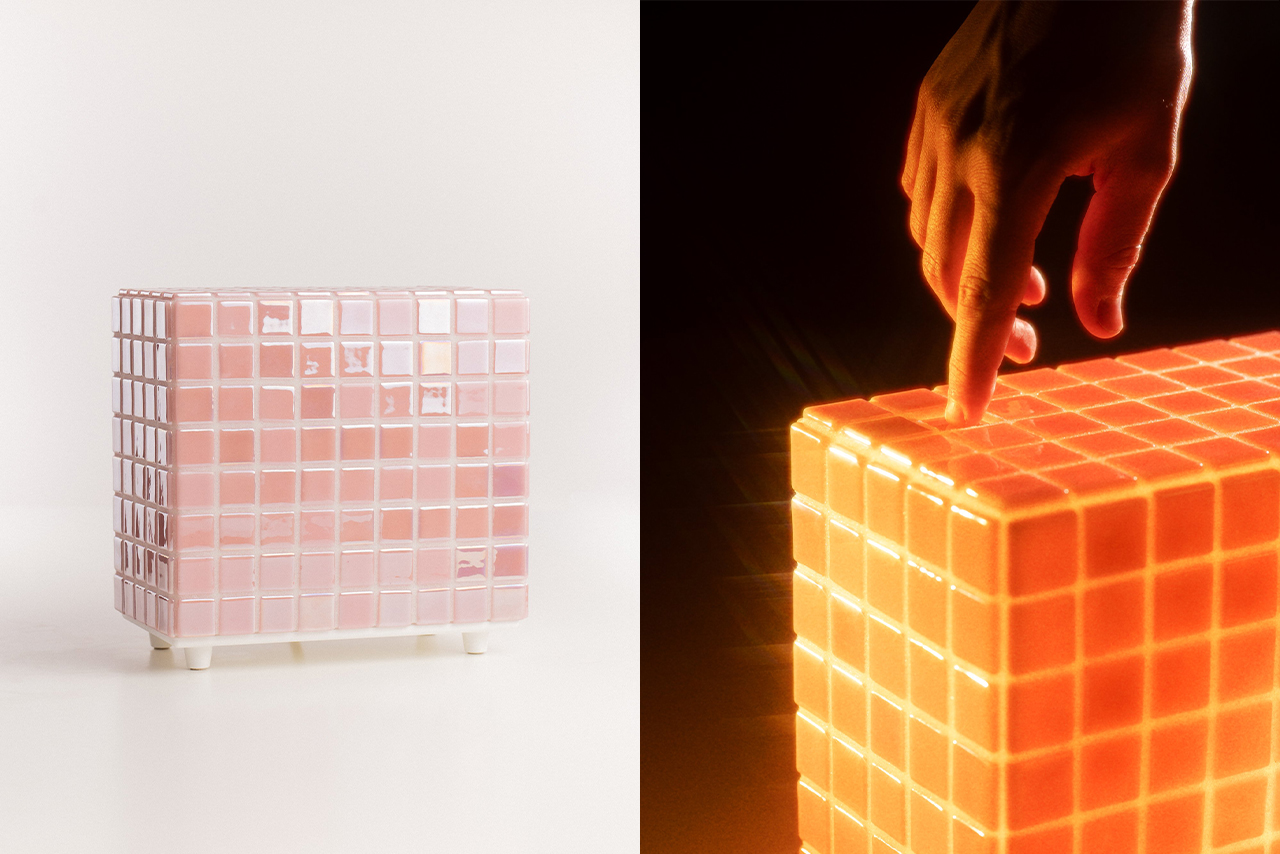
When it comes to the behavior of light, the design moves beyond simple diffusion. The illumination travels through a semi-opaque surface but also reflects internally, creating complex micro-glows within the glass body. Recycled glass tiles are especially tricky in this regard. Internal reflections can either enrich or flatten the material, depending on how controlled they are. In this case, the light distribution mostly succeeds, assuming the object is viewed in relative darkness. In brighter environments or under ambient light, the sense of material depth begins to fade. The volume becomes visually heavier, and the relationship between light and texture becomes more passive. It is clear that the piece is designed not for versatility in all contexts, but for a specific ambient condition.
From a fabrication standpoint, the decision to combine PLA and jesmonite with glass is both clever and risky. These materials behave very differently under temperature shifts and structural stress. Unless the joints have been reinforced or engineered with tolerances in mind, the long-term durability of the piece may be compromised. Differences in thermal expansion rates can lead to micro-cracking or surface tension at connection points. This is the kind of design challenge that exists beyond aesthetics, and often goes unnoticed in critiques focused solely on visuals.
In the end, Tile Chunk is not trying to revolutionize form or interaction. Its strength lies in rethinking how we engage with light as a material presence, not as an effect. It invites the user to approach light physically, with touch rather than just with sight. This is not a lamp that performs. It waits. And when activated, it doesn’t announce itself. Instead, it quietly asks us to pay attention to the way materials behave when given light, and the way design can offer a tactile, almost architectural experience of illumination.
Brand : Jombus
Designer : Jo Fentress
